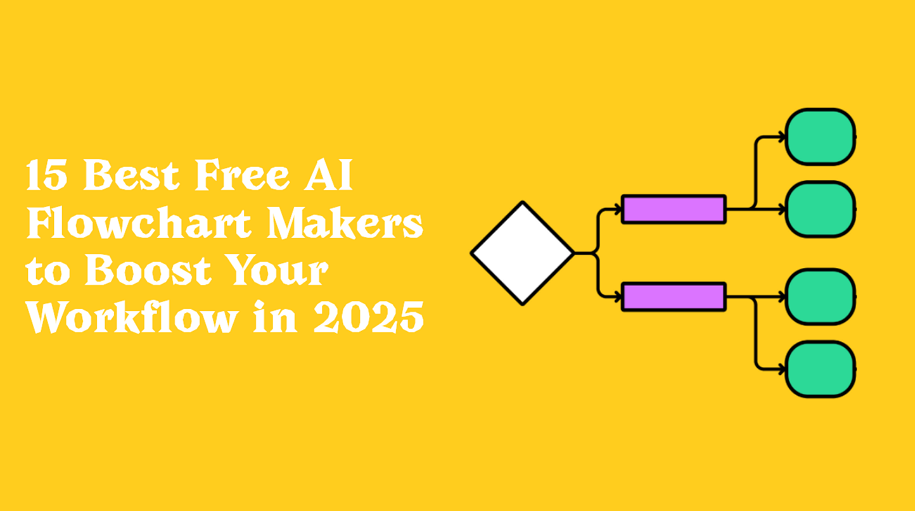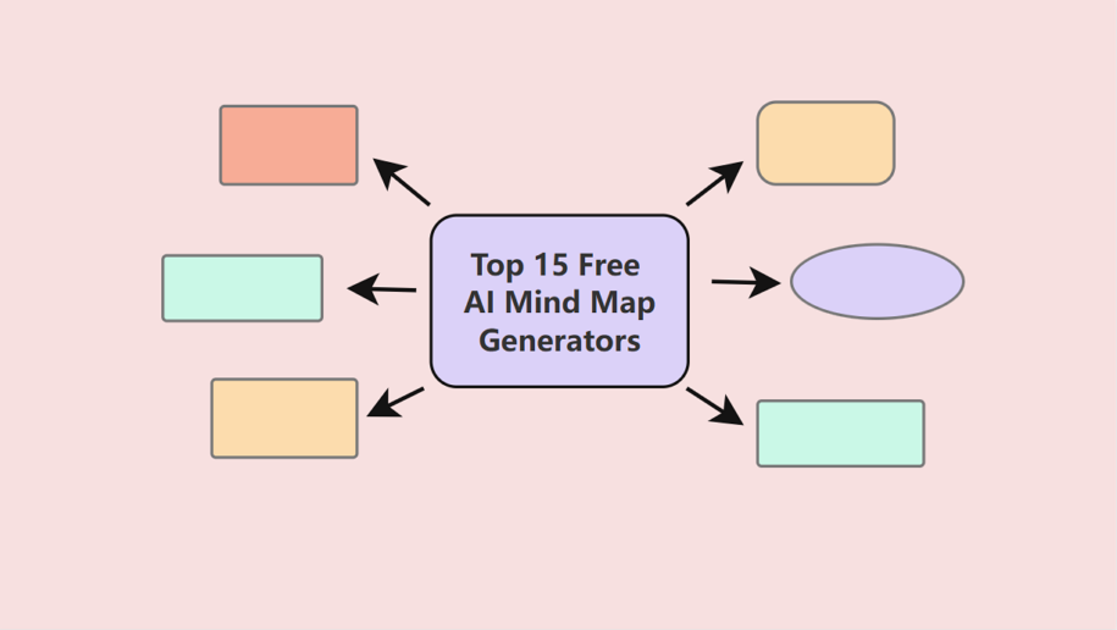
PDFs are a standard format for sharing rich, structured content like research reports, business strategies, and technical documentation. But for the person on the receiving end, reading through every word just to understand the key points can be a real challenge—especially under time pressure.
That’s where AI PDF to flowchart converters come in. These smart tools help you transform dense, static PDF documents into intuitive, visual flowcharts with just a few clicks. By doing so, they make it easier to grasp the structure, logic, and key insights of your files—without getting lost in paragraphs.
In this post, we’ve handpicked 15 of the best free AI tools to help you convert PDF content into flowcharts and other useful diagrams instantly. Whether you're a student trying to simplify study materials, a product manager mapping workflows, or an analyst decoding technical reports, these tools can save you hours and help you think more clearly.
Also surely try our free AI diagram tool to quickly visualize or demonstrate your ideas with AI and also convert between different file types.
What is an AI PDF to Flowchart Converter?
An AI PDF to flowchart converter is a fast tool that automatically extracts information—such as structure, process flows, or data relationships—from PDF documents and turns it into more readable flowcharts.
By leveraging natural language processing and diagram recognition technologies, these converters eliminate the manual work of reading, interpreting, and rebuilding visual diagrams from complex documents.
Most intriguing part is that, instead of manually re-creating flows or copying content from PDF reports, users can simply upload a file and let the AI analyze the content, identify hierarchical or procedural relationships, and generate professional-looking flowcharts or similar visuals. These tools are ideal for anyone working with process documentation, system architectures, academic papers, or research notes.
It is kind of the must-have tools for you and your team living in this AI era.
How to Choose an AI PDF to Flowchart Converter?
When evaluating which tool is best for your needs, here are some key factors to consider:
1.File Format Compatibility
Choose a converter that supports multiple file types in addition to PDF, such as DOCX, PPT, or TXT. The more formats it supports, the more flexible your workflow becomes—especially if you’re working across different content sources.
2.Accuracy of Flowchart Generation
Not all tools interpret PDF structure the same way. Look for tools that accurately detect headings, sequences, logic paths, and data structures to create meaningful and editable diagrams. Test how well they handle complex layouts or technical documents.
3.Customization & Editing Features
After conversion, you’ll likely need to tweak the flowchart. The best tools offer intuitive interfaces for editing nodes, changing shapes or colors, and adjusting flows. Without this, you may end up recreating diagrams manually, defeating the purpose of using AI.
4.AI Smartness & Prompt-Based Interaction
Modern tools like Fluig allow you to chat with AI or give natural prompts to refine or expand your diagrams. Tools with built-in AI agents can help you reorganize flows, suggest improvements, or convert to other diagram types like mind maps or trees.
5.Integration with Other Tools
Workflow is everything. If the tool integrates with cloud storage (e.g. Google Drive, OneDrive) or supports export to formats like SVG, PNG, DOCX, or PPT, it’ll be much easier to use the output in presentations, documentation, or collaboration tools.
6.Free vs. Paid
Many tools offer a free tier, but be aware of limits—like number of diagrams, file size, or AI credits. Choose a solution that offers enough functionality in the free version or a reasonably priced upgrade path when needed.
7.Security and Data Privacy
For professionals working with sensitive or internal documents, security is a non-negotiable factor. Choose a tool that clearly outlines its data handling policies and supports features like local file processing or encrypted uploads.
15 Best Free & Paid AI PDF to Flowchart Converters You Should Know
1. Fluig - a free AI diagram tools that turns files to diagrams and also is easy to convert between over 8 types of diagrams with just simple AI chatting

Fluig is a powerful, free AI diagram tool that turn your ideas, PDFs or even codes to clear, editable flowcharts, mind maps, and kanban boards within seconds.
It stands out for its smart AI engine that understands the structure of complex documents, extracting hierarchical and procedural relationships to build intuitive diagrams. It allows you to train AI agent to process different diagram tasks and interactively refine diagram details through natural languages.
Pros:
- Supports 12+ file formats including PDF, DOC, PPT, and images
- Smart AI-driven structural analysis and diagram generation
- Natural language prompts and AI assistant for interactive editing
- Real-time collaboration with team members
- Seamless switching between diagram types (flowchart, mind map, table, etc.)
- Share your diagrams with a PDF, an image, a source file, a single link or even a live slideshow.
Cons:
- Free plan limits AI credits and diagrams
Pricing:
- Free: 3 diagrams + 2,000 AI credits
- Pro: its $1 monthly plan is available now with unlimited AI and diagrams
Best for:
Product teams, educators, researchers, and professionals who want flexible, AI-assisted diagramming with strong collaboration.
2. Lucidchart AI
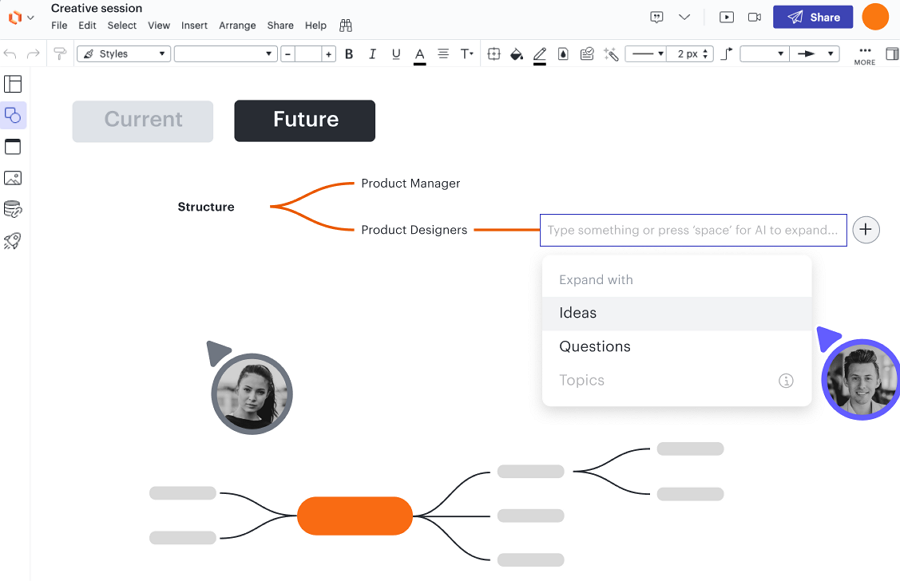
Lucidchart is a leading diagramming platform that recently integrated AI features to enhance flowchart creation. While direct PDF-to-flowchart conversion is limited, Lucidchart’s AI helps users transform text or instructions into structured diagrams. It offers a highly intuitive editor, extensive template libraries, and seamless integration with Google Workspace and Microsoft Office. Its strength lies in combining AI-powered suggestions with robust manual editing for enterprise workflows.
Pros:
- Rich diagramming features with enterprise-grade security
- Smooth integration with popular productivity suites
- Collaborative editing with version control
Cons:
- AI-powered PDF parsing is basic or manual
- Free plan offers limited documents and features
Pricing:
- Free: 3 editable documents
- Paid plans: Starting at $7.95/month
Best for:
Enterprise teams, project managers, and users needing advanced collaboration with moderate AI assistance.
3. Whimsical AI
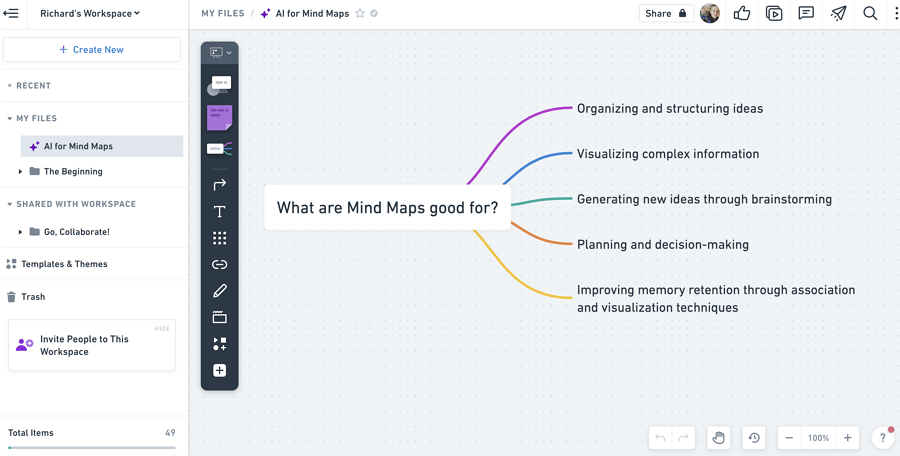
Whimsical is a fast, visually clean diagramming tool that offers AI-assisted flowchart generation from text prompts. While it doesn’t support direct PDF uploads, users can extract text from PDFs and quickly generate flowcharts or wireframes via AI prompts. It’s especially popular among designers and product teams for its minimalist interface and easy collaboration tools.
Pros:
- Intuitive interface with quick diagram creation
- Real-time collaboration and commenting
- Supports flowcharts, wireframes, sticky notes
Cons:
- No direct PDF import or parsing
- AI-generated diagrams may require manual adjustments
Pricing:
- Free: Up to 1000 items
- Paid plans: Starting at $10/month
Best for: Designers, UX teams, and startups needing rapid wireframe and flowchart prototyping.
4. Tldraw + AI Plugin

Tldraw is a collaborative whiteboard platform that can be enhanced with AI plugins to generate flowcharts from user instructions or pasted content. While it does not natively parse PDFs, users can manually extract text and feed it to AI for diagram creation. Its simple interface is great for brainstorming and team workshops, with live collaboration and easy sharing.
Pros:
- Open-source and free to use
- Supports real-time multi-user editing
- Customizable with AI plugins
Cons:
- No native PDF parsing or automation
- Requires manual input of content
Pricing:
- Free, open-source
Best for:
Creative teams, educators, and users who want a flexible whiteboard with AI assistance.
5. Miro + Miro AI
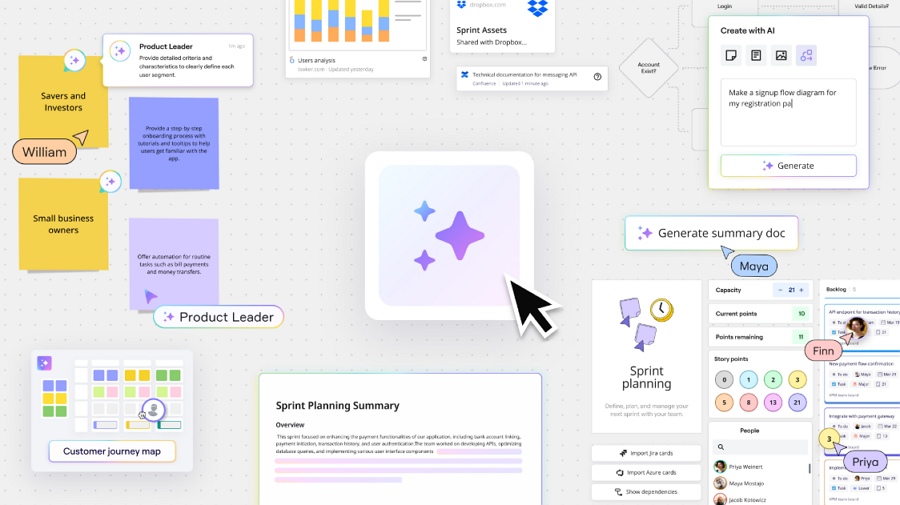
Miro is a popular digital whiteboard platform that has introduced AI capabilities to enhance brainstorming and diagramming. While Miro doesn’t directly convert PDFs to flowcharts, users can paste content or upload screenshots and use AI to generate and organize flowcharts. Miro shines in collaborative environments, supporting unlimited users and integrations with many tools.
Pros:
- Highly scalable with strong team collaboration
- Wide variety of diagram templates and integrations
- AI-assisted content summarization and diagramming
Cons:
- No direct PDF-to-flowchart conversion
- Can be overwhelming for new users
Pricing:
- Free: Basic features and 3 editable boards
- Paid: From $8/user/month
Best for:
Large teams, project managers, and organizations needing robust collaboration and diagramming.
6. Visily AI
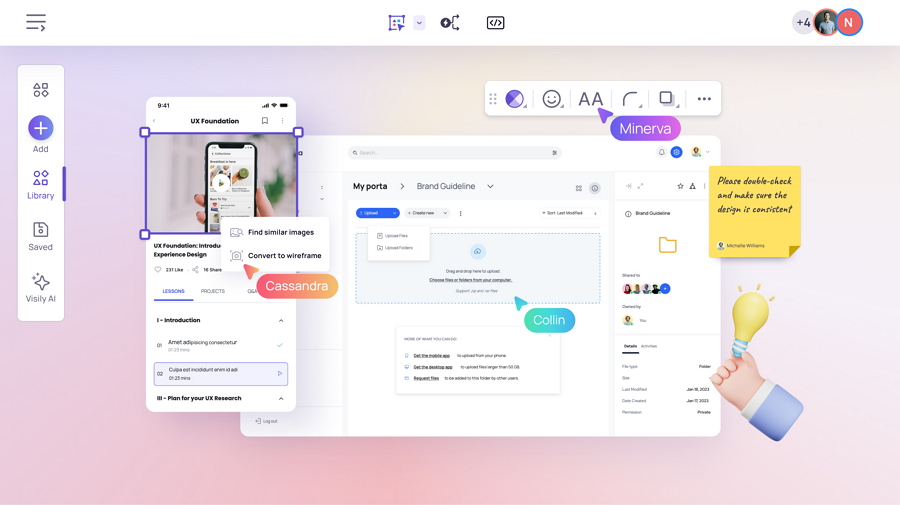
Visily is designed for UI/UX designers but can be used to generate flowcharts and wireframes from text inputs. It supports AI-assisted prototyping that speeds up diagram creation, although it does not natively parse PDFs. Visily’s strength is rapid prototyping with easy-to-use templates and design tools, helping teams visualize workflows and interfaces quickly.
Pros:
- Fast prototyping with AI suggestions
- Built-in UI components and templates
- Simple drag-and-drop editor
Cons:
- No direct PDF import or parsing
- Primarily focused on UI design
Pricing:
- Free plan available with limited features
- Paid plans start at $12/month
Best for:
UI/UX designers and teams prototyping software workflows.
7. Draw.io (diagrams.net) + GPT Integration
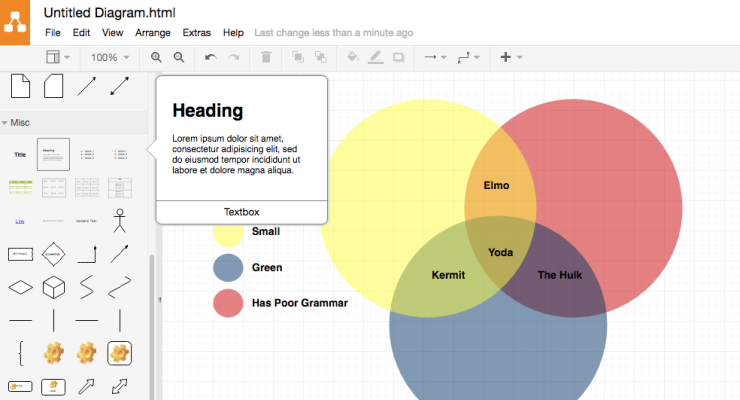
Draw.io is a powerful, free diagramming tool widely used for flowcharts, UML, and more. While it does not have built-in AI, it can be combined with external GPT-based summarizers that convert PDF content into structured text, which you can then diagram manually. This approach offers flexibility for advanced users comfortable with manual steps.
Pros:
- Completely free and open source
- Extensive diagram types and customization
- Offline and cloud storage support
Cons:
- No built-in AI or PDF automation
- Requires manual content extraction and diagramming
Pricing:
- Free
Best for:
Developers, engineers, and power users who want full control.
8. Textografo
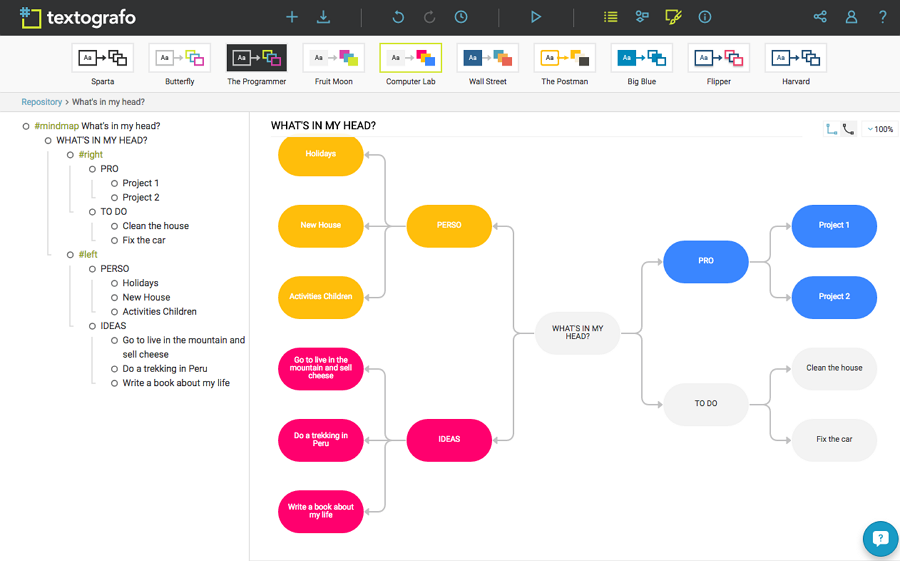
Textografo is a flowchart and diagram generator that turns simple scripts into professional flowcharts. Although it does not support PDF parsing, you can extract content from PDFs and input it as text scripts for rapid diagramming. Its strength lies in its scripting approach, allowing automation-savvy users to create complex diagrams quickly.
Pros:
- Fast, script-based flowchart creation
- Supports export to PDF, PNG, and SVG
- Collaboration features
Cons:
- Steeper learning curve for scripting
- No direct PDF import
Pricing:
- Free limited plan available
- Paid plans start at $7/month
Best for:
Analysts, automation experts, and users comfortable with text scripting.
9. MindMeister
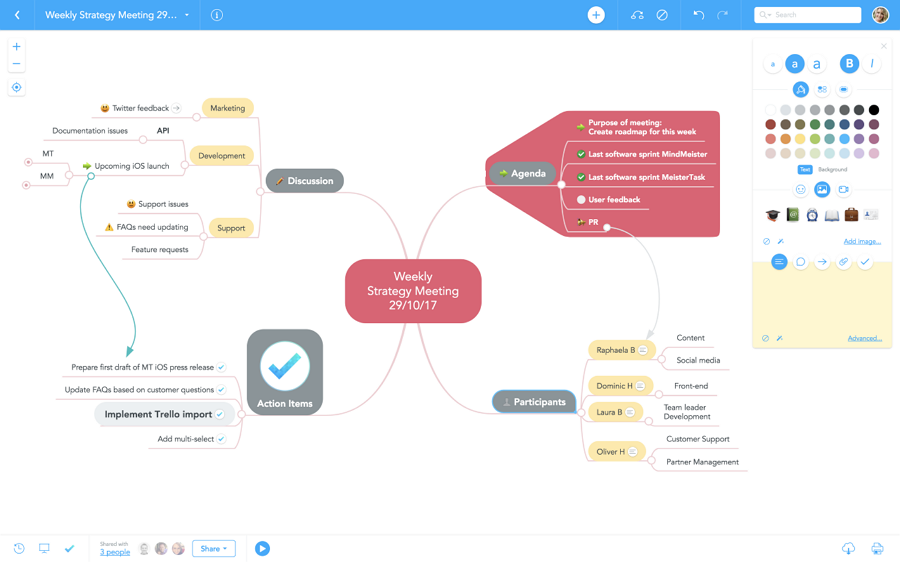
MindMeister is a leading mind mapping tool that excels at visualizing ideas and concepts in a hierarchical manner. While it doesn’t directly convert PDFs to flowcharts, when combined with AI-based text extraction tools, it can quickly transform PDF content into structured mind maps. Its intuitive drag-and-drop interface and real-time collaboration make it ideal for brainstorming and organizing complex information visually.
Pros:
- User-friendly interface with real-time collaboration
- Wide template library for various use cases
- Seamless integration with MeisterTask for task management
Cons:
- No direct PDF parsing or flowchart generation
- Limited flowchart-specific features
Pricing:
- Free plan with up to 3 mind maps
- Paid plans start at $4.99/month
Best for:
Students, educators, and teams focused on idea organization and brainstorming.
10. Scapple
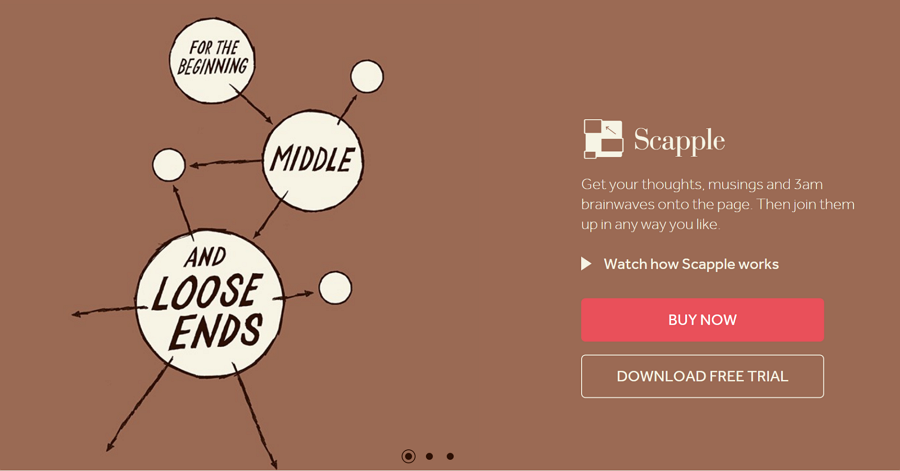
Scapple is a minimalist mind mapping and note-taking tool designed for fast idea capture. Though it lacks AI features or direct PDF import, its free-form canvas allows users to manually input or paste extracted PDF content and connect ideas visually. It’s best for those who prefer a distraction-free, simple environment for rough diagrams and brainstorming.
Pros:
- Easy, freeform note linking
- Lightweight and distraction-free interface
- Supports exporting to popular formats
Cons:
- No AI capabilities or PDF parsing
- Requires manual content entry
Pricing:
- Free trial available
- One-time license fee of $18
Best for: Writers, thinkers, and users who want a simple visual note-taking tool.
11. Creately AI
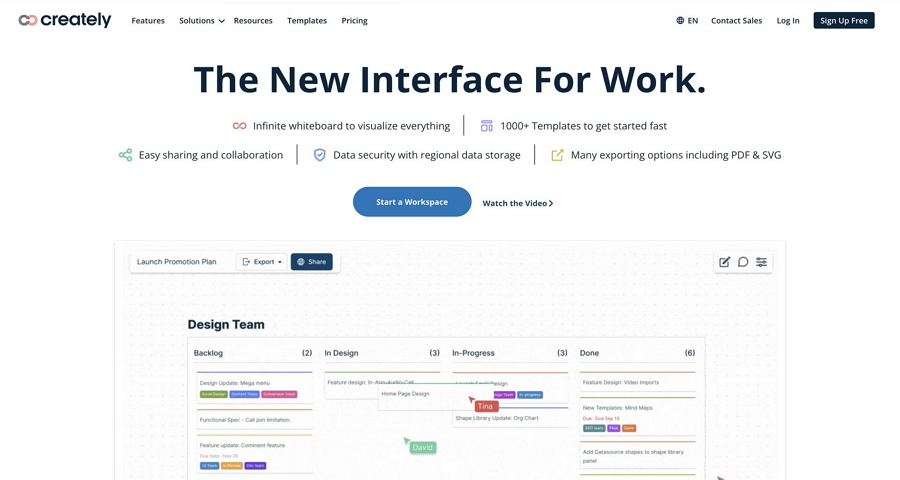
Creately combines diagramming with AI-powered assistance, enabling users to generate flowcharts from pasted content or prompts. While direct PDF conversion isn’t yet native, it supports flexible diagramming and editing with drag-and-drop ease. Creately offers a variety of diagram types including flowcharts, org charts, and UML diagrams, making it a versatile visual communication tool.
Pros:
- AI-assisted diagram creation from text
- Rich library of templates and shapes
- Real-time collaboration and commenting
Cons:
- No direct PDF import feature yet
- AI features limited to text inputs
Pricing:
- Free plan with limited diagrams
- Paid plans start at $5/month
Best for:
Small businesses, marketing teams, and educators looking for a flexible diagramming tool.
12. Boardmix AI

Boardmix AI is a collaborative whiteboard tool featuring AI-driven text-to-diagram conversion. Users can paste summaries or extracted content from PDFs and quickly generate flowcharts, mind maps, and other diagrams. It supports multiple diagram types and offers intuitive editing and sharing capabilities, ideal for remote teams needing fast visual communication.
Pros:
- Fast AI-assisted diagram generation
- Multiple diagram types including flowcharts and mind maps
- Easy sharing and collaboration
Cons:
- No native PDF upload or extraction
- AI may require user refinement
Pricing:
- Free plan available with limited AI uses
- Paid plans start at $7/month
Best for:
Teams focused on brainstorming, workshops, and quick diagramming.
13. Ayoa by OpenGenius
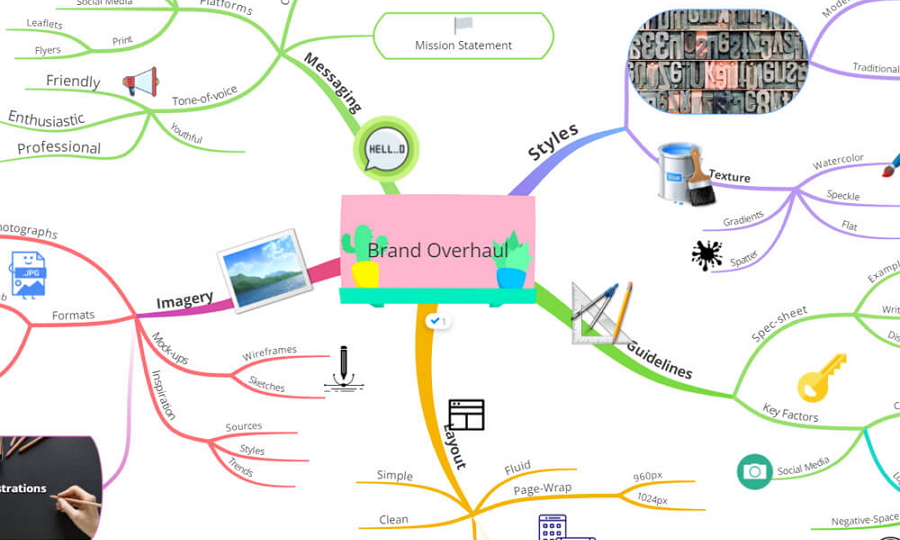
Ayoa is a hybrid productivity platform combining mind mapping, task management, and AI assistance. While it doesn’t natively parse PDFs, you can input summaries or extracted text to generate AI-powered maps and flowcharts. It’s designed to boost productivity by connecting ideas and tasks in a visual way, with AI helping to organize and refine content.
Pros:
- Integrated mind mapping and task tracking
- AI-assisted content structuring
- Supports collaboration and progress tracking
Cons:
- No direct PDF import
- Can be overwhelming for casual users
Pricing:
- Free plan available with limited features
- Paid plans start at $10/month
Best for:
Productivity-focused users and teams managing projects visually.
14. ProcessOn
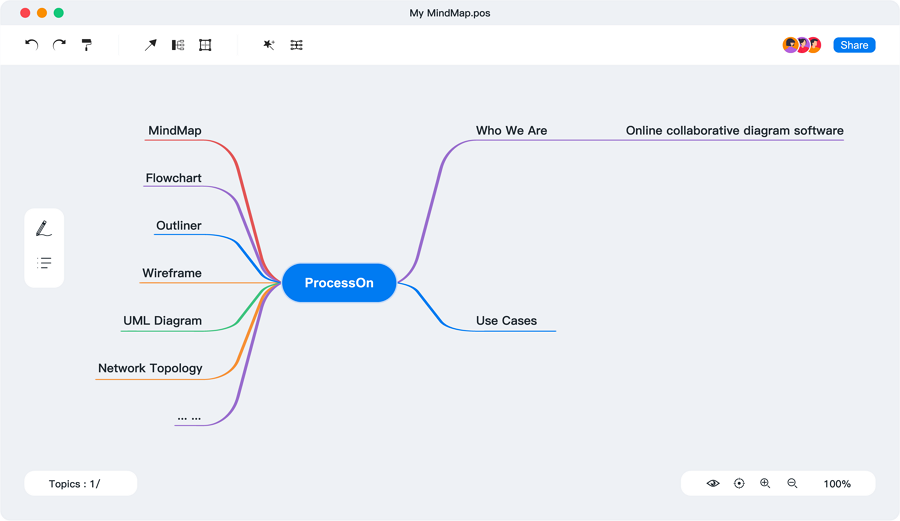
ProcessOn is a free, web-based diagramming platform offering flowcharts, mind maps, and UML diagrams. It does not feature AI-powered PDF parsing but is simple and intuitive for manual diagram creation after content extraction. ProcessOn supports team collaboration and a large template library, making it a solid budget-friendly option.
Pros:
- Completely free with registration
- Supports multiple diagram types
- Cloud-based with collaboration features
Cons:
- No AI or automation for PDF to flowchart conversion
- Manual input required
Pricing:
- Free
Best for:
Users seeking a free, easy-to-use diagram tool without AI needs.
15. Heptabase

Heptabase is a powerful note-taking and visual mapping tool aimed at researchers and academics. While it does not directly convert PDFs to flowcharts, it offers intelligent workspace features to organize research notes and create knowledge maps. When paired with external AI summarization tools, Heptabase helps turn dense documents into insightful visual structures.
Pros:
- Strong focus on research workflows
- Supports citations and source management
- Flexible visual mapping
Cons:
- No automatic PDF-to-flowchart conversion
- Learning curve for new users
Pricing:
- Free trial available
- Paid plans start at $12/month
Best for:
Academics, researchers, and knowledge workers focused on deep insights.
Conclusion
While there’s no one-size-fits-all tool, AI-powered flowchart converters are becoming essential productivity companions. Fluig leads with its seamless file-to-diagram capability, but each of these 15 tools offers unique benefits. Evaluate based on your workflow—whether it's quick parsing, customization, or collaborative editing—and give a few tools a try to find your perfect match.
